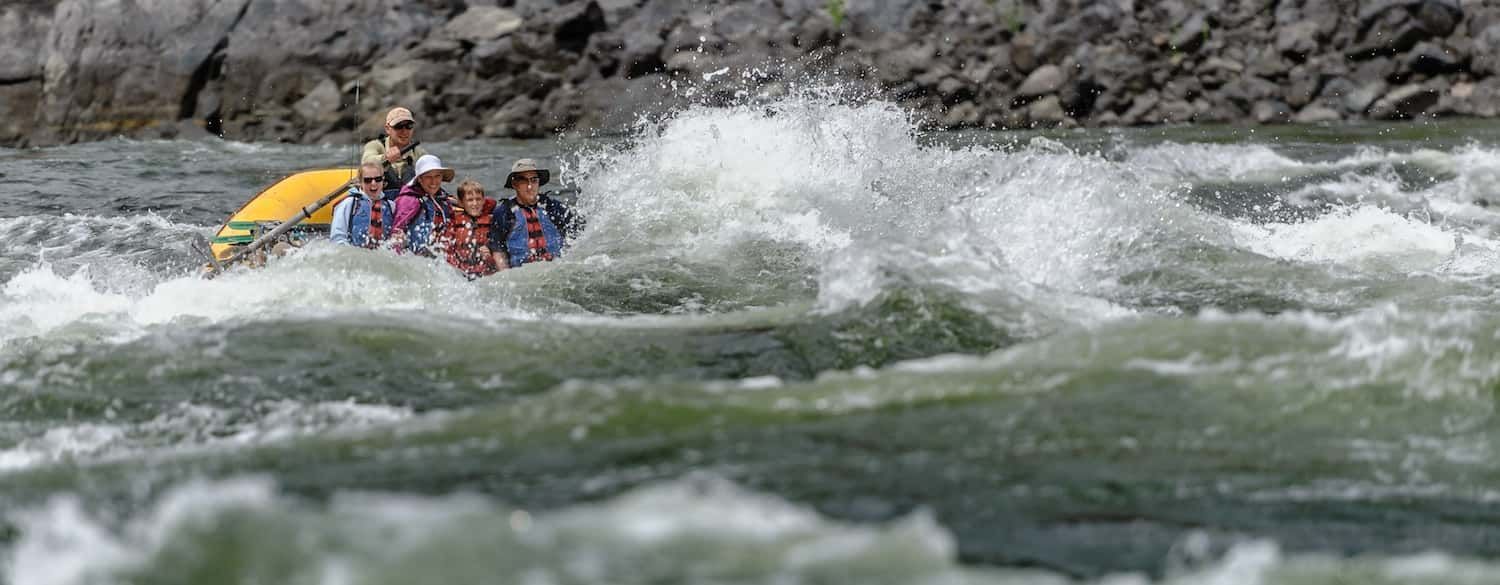The Boathouse Blog


RELAX · DREAM · PLAY
Winding Waters River Expeditions operates under special use permits, granted by the U.S. Bureau of Land Management, the Umatilla National Forest, and Hells Canyon National Rec Area in the Wallowa-Whitman National Forest. Hells Canyon Whitewater and Winding Waters River Expeditions are licensed by the Oregon State Marine Board and the Idaho Outfitters and Guides Licensing Board. Hells Canyon Whitewater and Winding Waters River Expeditions are an equal opportunity recreation service provider and employer.
Phone: (877) 426-7238 | (541) 432-0747
International: 1-877-426-7238
Address: 204 E Wallowa Ave Joseph, OR 97846
Website Development by ResmarkWeb | Online booking software powered by Resmark
Winding Waters River Expeditions